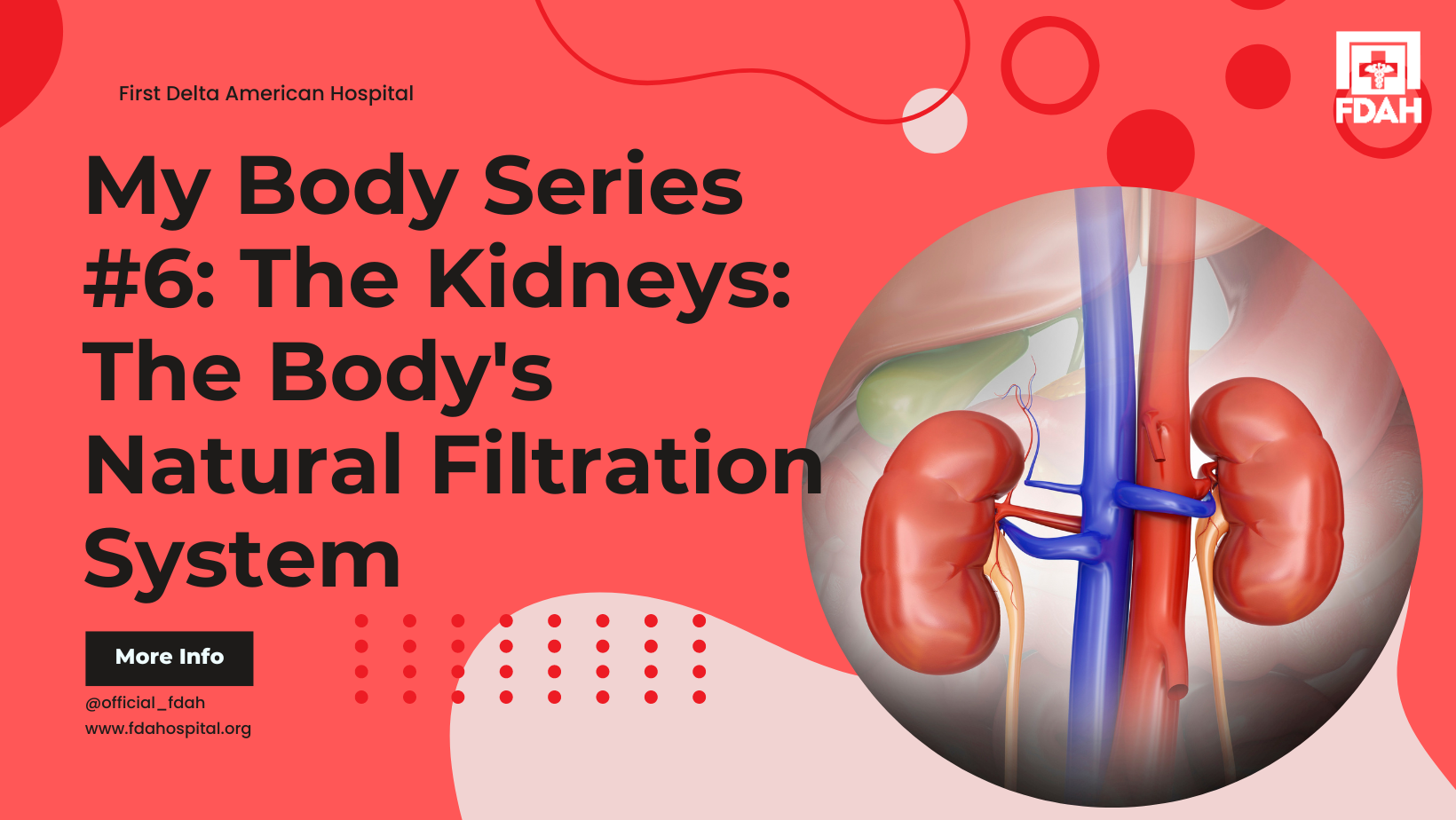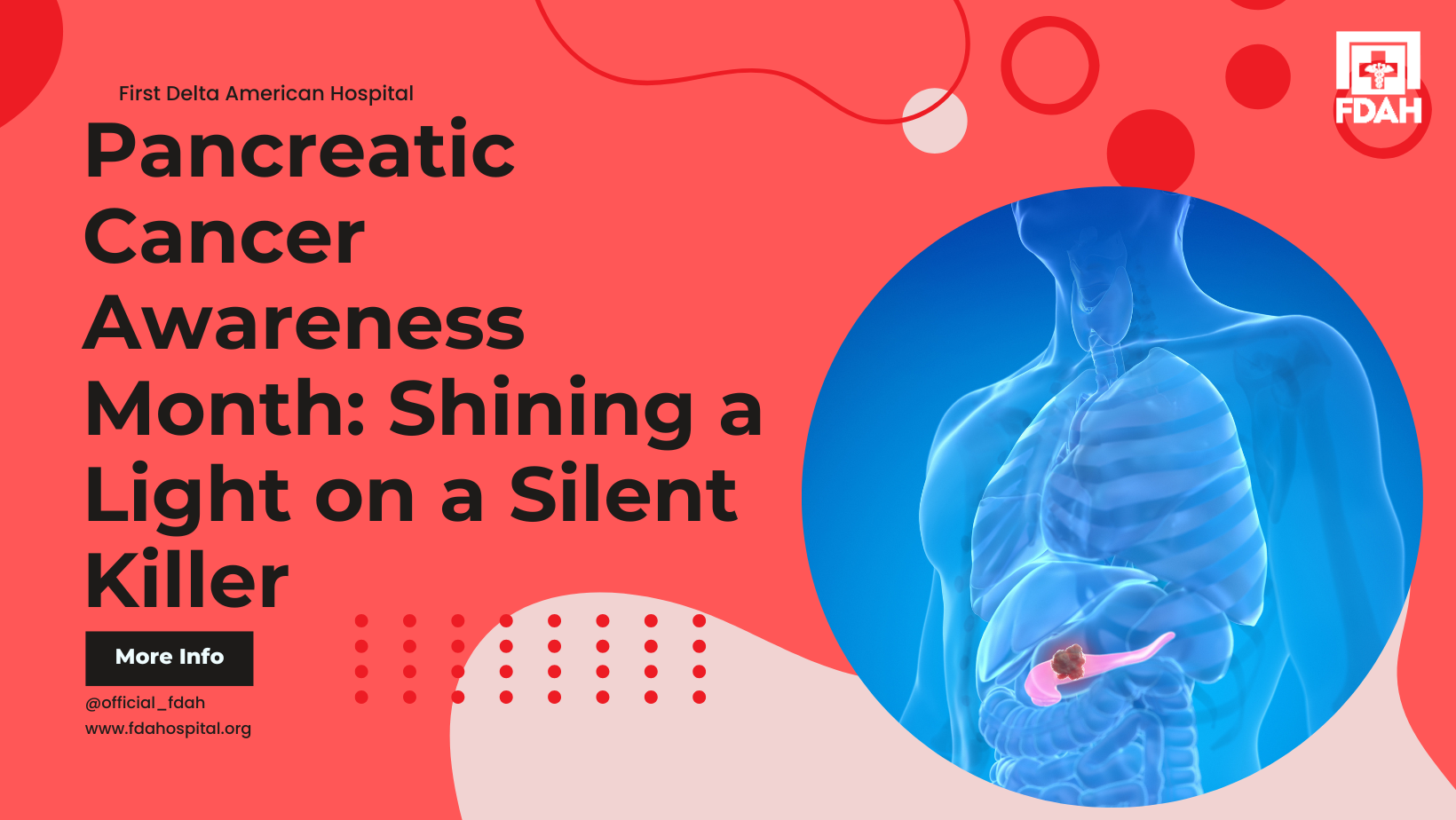Hi there! As part of our campaign for National Colon Cancer Awareness month, we’re giving you an article to help you understand what a colonoscopy is, its benefits, and how it helps to prevent colon cancer.
To begin with, what is the colon? According to MedicineNet.com, the colon is, “the long, coiled, tubelike organ that removes water from digested food. The remaining material, solid waste called stool, moves through the colon to the rectum and leaves the body through the anus. Also known as large bowel and large intestine.” This definition shows the importance of the colon to the digestion process, as without the colon functioning properly, stool comes out watery from the large intestine.

There are quite a few factors that can cause colon cancer. According to the Center for Disease Control and Prevention (CDC), these factors include, but are not limited, to:
- Inflammatory bowel diseases such as Crohn’s disease or ulcerative colitis.
- A personal or family history of colorectal cancer or colorectal polyps.
- Lack of regular physical activity.
- A diet low in fruit and vegetables.
- A low-fiber and high-fat diet, or a diet high in processed meats.
- Overweight and obesity.
- Alcohol consumption.
- Tobacco use.
What is a colonoscopy?
One of the best ways to keep the colon healthy and prevent colon cancer is by having a colonoscopy. A colonoscopy is a test to check inside your bowels, which can help find what’s causing your bowel symptoms. A colonoscopy usually takes 30 to 60 minutes.
A health care professional will place an intravenous (IV) needle in a vein in your arm or hand to give you sedatives, anesthesia, or pain medicine, so you won’t feel pain during the procedure. The medical staff will check your vital signs and keep you as comfortable as possible. For the procedure, you’ll lie on a table while the doctor inserts a colonoscope through your anus and into your rectum and colon. The scope inflates your large intestine with air for a better view. The camera sends a video image to a monitor, allowing the doctor to examine your large intestine.
For the procedure, you will lie on a table while the doctor inserts a colonoscope through your anus and into your rectum and colon. The doctor may move you several times on the table to adjust the scope for better viewing. Once the scope reaches the opening to your small intestine, the doctor slowly removes the scope and examines the lining of your large intestine again. During the procedure, the doctor may remove polyps and will send them to a lab for testing. You will not feel the polyp removal. Colon polyps are common in adults and are harmless in most cases. However, most colon cancer begins as a polyp, so removing polyps early helps to prevent cancer. If your doctor finds abnormal tissue, he or she may perform a biopsy. You won’t feel the biopsy.
What happens after a colonoscopy?
After a colonoscopy, you can expect the following:
- The anesthesia takes time to wear off completely. You’ll stay at the hospital or outpatient center for 1 to 2 hours after the procedure while the anesthesia wears off.
- You may feel cramping in your abdomen or bloating during the first hour after the procedure.
- After the procedure, you—or a friend or family member—will receive instructions on how to care for yourself after the procedure. You should follow all instructions.
- You’ll need your pre-arranged ride home, since you won’t be able to drive after the procedure.
- You should expect a full recovery and return to your normal diet by the next day.
After the sedatives or anesthesia wear off, your doctor may share what was found during the procedure with you or, if you choose, with a friend or family member.
What are the dangers of colonoscopy?
The risks of colonoscopy include:
- bleeding
- perforation of the colon
- a reaction to the sedative, including breathing or heart problems
- severe pain in your abdomen
- death, although this risk is extremely rare
A study of screening colonoscopies found there were roughly 4 to 8 serious complications for every 10,000 procedures.
Bleeding and perforation are the most common complications as a result of a colonoscopy. Most cases of bleeding occur in patients who have polyps removed. The doctor can treat bleeding that happens during the colonoscopy right away.
What are the benefits of colonoscopy?
The biggest benefit of a colonoscopy is the role it plays in detecting and preventing colon cancer. Colonoscopies also detect inflammatory bowel diseases (IBD) Crohn’s and ulcerative colitis. Both are inflammatory diseases of the intestines. Identifying them early helps reduce the long-term damage they can do, including scarring and bleeding in the colon, malnourishment, pain, and intestinal blockages that require surgery. These diseases also might increase the risk of colon cancer. Given that colon cancer is the second leading cause of cancer death in the United States after lung cancer, when counting cancers that affect both men and women, getting a colonoscopy will help keep you safe when you need it the most.
In conclusion, getting a colonoscopy is a quick and effective way of mitigating the risk of colon cancer and other bowel diseases. You should try out a colonoscopy today!




